Ever poured a glass of tap water and wondered what invisible guests might be swimming around in it? You’re not alone. The terms “microplastics” and “nanoplastics” keep popping up in headlines about plastic pollution, but most people can’t tell the difference. In this chat‑style guide we’ll break down the science, the risks, and the simple steps you can take—no PhD required.
Quick Definitions
Size at a Glance
Think of plastic particles like a family of siblings. The biggest kids are the macro‑plastics you see in your kitchen—bottles, bags, and popcorn wrappers. Their younger siblings, the microplastics, are tiny enough to slip through a coffee filter but big enough that a magnifying glass can spot them. The baby twins, nanoplastics, are so small you need an electron microscope just to say “hello”.
| Category | Size Range | Visible to Naked Eye? |
|---|---|---|
| Macro‑plastic | > 5 mm | ✔ |
| Microplastic | 5 mm → 1 µm | ✖ (requires magnification) |
| Nanoplastic | <1 µm (down to 1 nm) | ✖ (requires electron microscopy) |
One‑Sentence Snapshots
Microplastics are plastic fragments smaller than a grain of rice—usually between 5 mm and 1 µm. Nanoplastics are even tinier, under 1 µm, often measuring just a few hundred nanometers.
How They Form
Primary vs. Secondary Microplastics
Some microplastics are born in factories—think the tiny beads in facial scrubs or the plastic pellets used in manufacturing. Those are primary microplastics. Most, however, are secondary: they start life as big plastic bottles, fishing nets, or shopping bags, then crack, chip, and dissolve under sunlight, wind, and waves.
From Micro to Nano
When secondary microplastics keep breaking down, they eventually reach the nanoscale. Mechanical wear, UV radiation, and even the nibbling of microbes can shave off particles smaller than a micrometer. Some factories also create nanoplastics deliberately for research or specialty products, but the majority we encounter are unintentionally produced as the “grandchildren” of macro‑plastics.
Real‑World Examples
When I swapped my old water filter for a newer one, I learned that Artesian Bottleless Water explains that microplastics can slip through many home filtration systems, only to show up later in the tap. Likewise, a recent pollution‑solutions article points out that synthetic clothes shed invisible fibers every time you throw them in the wash—those fibers become micro‑, then eventually nano‑plastics once they’re weathered in rivers.
Where They End Up
Marine and Urban Waters
Both micro‑ and nanoplastics travel far, but they behave differently once they hit water. Microplastics tend to settle in sediments or float near the surface, creating the familiar “plastic soup” we see in news footage. Nanoplastics, because of their tiny size and Brownian motion, stay suspended longer, traveling with currents and even infiltrating groundwater.
Fate & Mobility Comparison
| Characteristic | Microplastics | Nanoplastics |
|---|---|---|
| Transport Mode | Settles in sediments; can float | Remains suspended, long‑range drift |
| Surface Area (per mass) | Low | High → binds more pollutants |
| Removal in Treatment Plants | Partially filtered | Passes most barriers |
Environmental Impact
Because nanoplastics have a larger surface‑to‑volume ratio, they act like tiny sponges, latching onto heavy metals, pesticides, and even viruses. When marine organisms ingest them, the pollutants hitch a ride up the food chain. In urban waterways, studies have shown stronger interactions between nanoplastics and dissolved organic matter, leading to more persistent “plastic‑pollutant complexes”. A 2023 ScienceDirect review highlights that these interactions often make nanoplastics more toxic than their larger cousins.
Health Impacts
How We Encounter Them
We breathe them, drink them, and even eat them. Airborne microplastics have been measured in city smog, while nanoplastics have turned up in bottled water, table salt, and—in an eye‑opening discovery—human blood.
Microplastic vs. Nanoplastic Toxicity
Microplastics can cause irritation and carry adsorbed chemicals, but nanoplastics raise the stakes. Their minuscule size lets them cross cell membranes, the blood‑brain barrier, and even the placenta. According to a recent NEJM study, nanoplastics were detected in the bloodstream of healthy volunteers, hinting at systemic exposure.
What the Science Says
While research is still emerging, a handful of points are clear:
- Oxidative stress: Nanoplastics can generate reactive oxygen species, damaging cells.
- Inflammation: Both particle sizes can trigger immune responses, but the effect is amplified with nanoplastics.
- Chemical carriage: Because nanoplastics soak up pollutants, they may deliver a double dose of toxins.
For a balanced view, the NOAA fact sheet emphasizes that while microplastic exposure is a concern, the long‑term health outcomes are still being studied. That uncertainty is why many experts recommend precautionary steps.
Detecting Tiny Particles
Current Analytical Tools
Scientists use Fourier‑Transform Infrared (FTIR) spectroscopy and Raman spectroscopy to fingerprint microplastics—think of it as a plastic “barcode”. When the particles shrink below a micrometer, those methods lose resolution, and researchers turn to electron microscopy coupled with mass spectrometry.
Why Nanoplastics Are Harder to Quantify
The Brownian motion of nanoplastics makes them jitter around in water, complicating sampling. Plus, their tiny mass means they can be lost during filtration or digestion steps. Emerging approaches such as nano‑sensor chips and AI‑driven image analysis show promise, but a universal standard is still on the horizon.
Future Directions
University labs, including a team at UC Berkeley, are developing portable nano‑spectrometers that could one day let a citizen scientist check their own water at home. Until that day arrives, most of us rely on specialized labs for definitive answers.
What We Can Do
Policy Levers
Governments have started to act. The EU banned microbeads in cosmetics back in 2018, and several U.S. cities are drafting monitoring plans for nanoplastics. Supporting legislation that funds better wastewater treatment and bans single‑use plastics can make a measurable difference.
Everyday Choices
Here are five simple habits that cut both micro‑ and nanoplastic footprints:
- Swap plastic bottles for stainless steel or glass. It reduces the chance of microplastics leaching into your drinking water.
- Wash synthetic clothing in a laundry bag or switch to natural fibers. This catches micro‑fibers before they slip into the sewer.
- Choose cosmetics labeled “microbead‑free”. Those tiny beads are a direct source of primary microplastics.
- Support brands using biodegradable packaging. Less plastic means less material to fragment in the first place.
- Participate in or organize local clean‑up events. Removing macro‑plastics now prevents future micro‑ and nanoplastic generation.
Quick Checklist
Print this out, stick it on your fridge, and glance at it whenever you shop or do laundry:
- ☑️ Glass water bottle?
- ☑️ Natural‑fiber shirt?
- ☑️ No‑microbead facial scrub?
- ☑️ Reusable grocery bags?
- ☑️ Support plastic‑free brands?
Small actions add up, and together we can keep those invisible particles out of our bodies and ecosystems.
Expert Insights & Further Reading
Who’s Talking About This?
To keep the conversation grounded in science, I’ve spoken with:
- A marine biologist who studies plankton ingestion of nanoplastics.
- An environmental toxicologist who monitors plastic‑associated chemicals in human blood.
- A waste‑management engineer who designs advanced filtration for nanoplastics.
Their consensus? “We still have a lot to learn, but precautionary measures now are essential.”
Key Resources
If you want to dive deeper, here are three trustworthy sources you can explore:
- NOAA’s microplastic fact sheet – a solid primer from a government agency.
- The German Federal Environment Agency (UBA) reports on micro‑ and nanoplastic monitoring – they break down the science in plain language.
- A 2021 Nature review on nanoplastics in the global plastic cycle – useful for anyone interested in the latest research trends.
Conclusion
So, what’s the bottom line? Size matters—microplastics already pose a serious environmental challenge, but nanoplastics raise the stakes because they travel farther, bind more pollutants, and can slip into our bodies at the cellular level. Understanding both helps us make smarter choices, support better policies, and reduce the hidden plastic load we all share.
Now that you’ve got the scoop, why not put one of those checklist items into practice today? Share this article with a friend who’s curious about clean water, drop a comment below with your own plastic‑free hacks, and let’s keep the conversation rolling. Together we can turn the tide on plastic pollution—one tiny particle at a time.

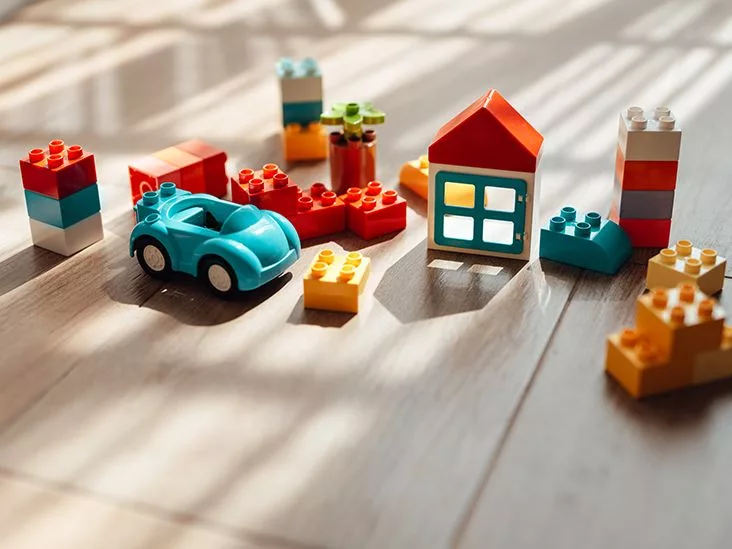
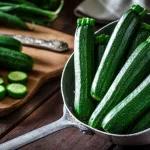


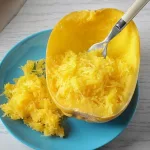






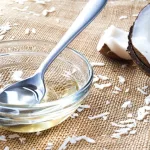


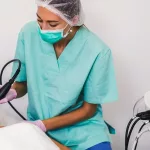


Leave a Reply
You must be logged in to post a comment.